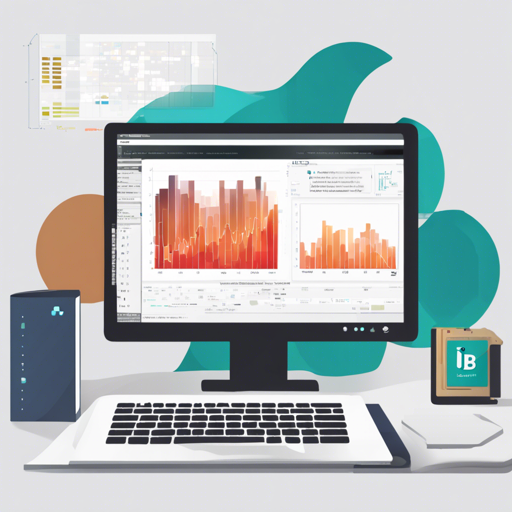Welcome to the world of Ibis, a powerful library designed to enhance your data manipulation experience in Python! Ibis provides a seamless way to work with dataframes and SQL code simultaneously, making it an essential tool for data enthusiasts and professionals alike.
What is Ibis?
Ibis is a portable Python dataframe library that offers several cutting-edge features:
- Fast local dataframes using DuckDB.
- Lazy dataframe expressions for more efficient data processing.
- An interactive mode that fosters iterative data exploration.
- The ability to combine Python dataframe and SQL code with ease.
- The same dataframe API can be used for over 20 backends.
- Switch effortlessly between local iteration and remote deployment with just a single line of code.
To dive deeper, check out the documentation on Why Ibis?.
Getting Started with Installation
To install Ibis with a specified backend and examples, run the following command in your terminal:
pip install ibis-framework[duckdb,examples]Tip: For alternative installation options, refer to the installation guide.
Using Ibis: A Step-by-Step Guide
After installation, it’s time to get hands-on!
- Import the Ibis library and set it to interactive mode:
- Load some sample data:
- Perform a group-by operation to count species by island:
import ibis
ibis.options.interactive = Truet = ibis.examples.penguins.fetch()This will create a dataframe filled with penguin data.
g = t.group_by(['species', 'island']).agg(count=t.count()).order_by('count')Understanding Ibis with an Analogy
Think of Ibis as a versatile Swiss Army knife for handling data. Just like a Swiss Army knife has multiple tools for various tasks—screwdriver, knife, can opener—in Ibis, you can perform multiple data manipulation tasks using its dataframe API and compile them as SQL statements. If you need to switch from one backend (a different tool) to another, it’s as simple as flipping to another tool on the knife without losing your grip on how each feature works. This makes Ibis not just flexible, but also incredibly powerful!
Troubleshooting Ibis
If you encounter any issues while using Ibis, here are some troubleshooting tips:
- Ensure you have installed the correct backend; missing backends can cause errors.
- Check your code for typos or syntax errors in dataframe operations.
- If you experience performance issues, try running your Ibis commands in an interactive mode.
For additional help, insights, updates, or to collaborate on AI development projects, stay connected with fxis.ai.
Combining Python and SQL with Ibis
Ibis truly shines when it comes to working with SQL. You can compile dataframe expressions directly into SQL commands:
a = t.sql('SELECT species, island, count(*) AS count FROM penguins GROUP BY 1, 2')This allows you to harness the power of SQL along with Python’s flexibility for data manipulation!
Backends Supported by Ibis
Ibis offers compatibility with nearly 20 backends, including:
- Apache DataFusion
- Apache Druid
- Apache Flink
- Apache Impala
- Apache PySpark
- BigQuery
- ClickHouse
- DuckDB
- Exasol
- MySQL
- Oracle
- Polars
- PostgreSQL
- RisingWave
- SQL Server
- SQLite
- Snowflake
- Trino
Conclusion
With Ibis, the realm of data handling in Python becomes not only manageable but also enjoyable. The ability to seamlessly integrate Python and SQL elevates your data manipulation capabilities to new heights. Don’t forget to explore all the possibilities Ibis has to offer!
At fxis.ai, we believe that such advancements are crucial for the future of AI, as they enable more comprehensive and effective solutions. Our team is continually exploring new methodologies to push the envelope in artificial intelligence, ensuring that our clients benefit from the latest technological innovations.

